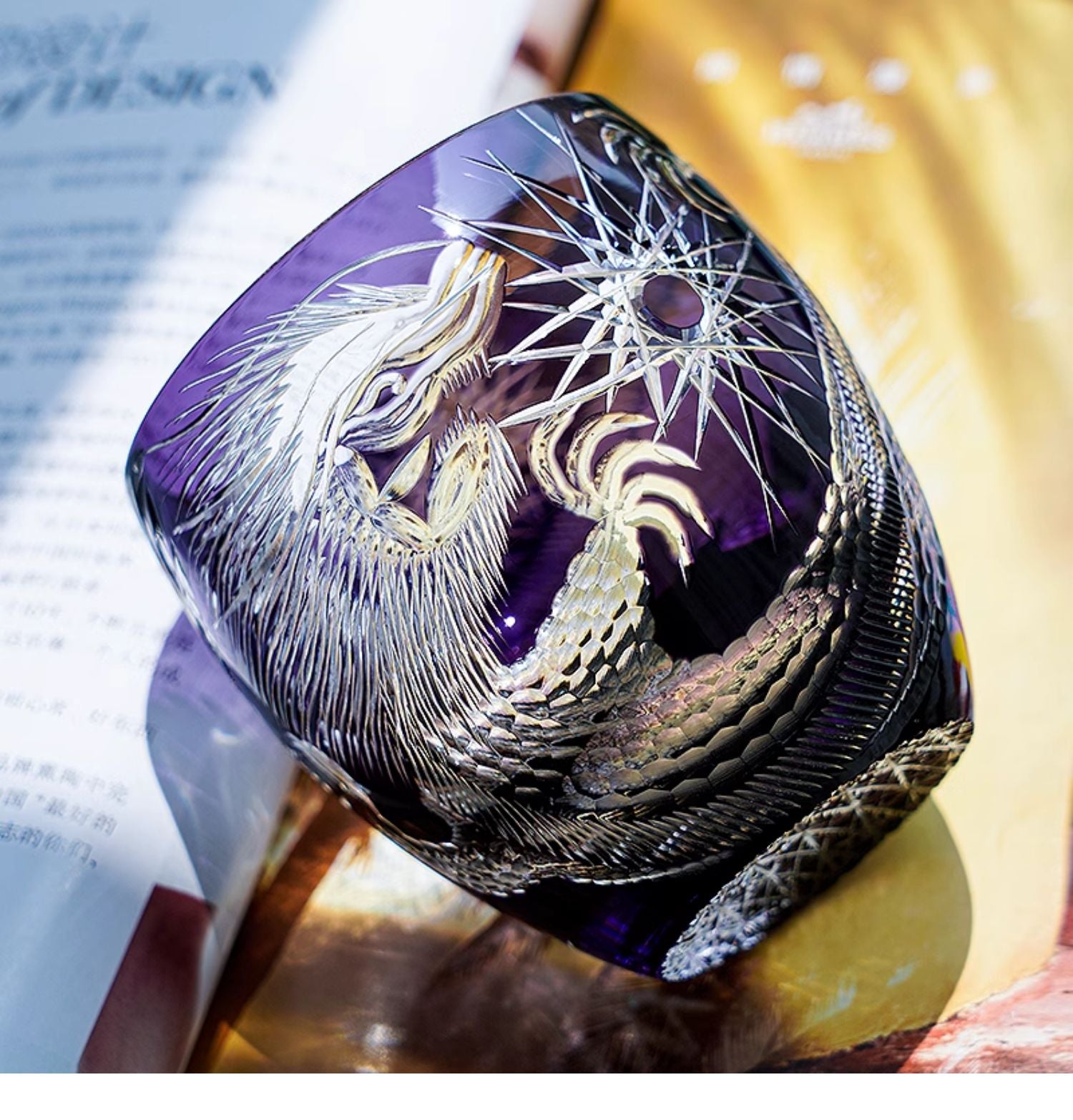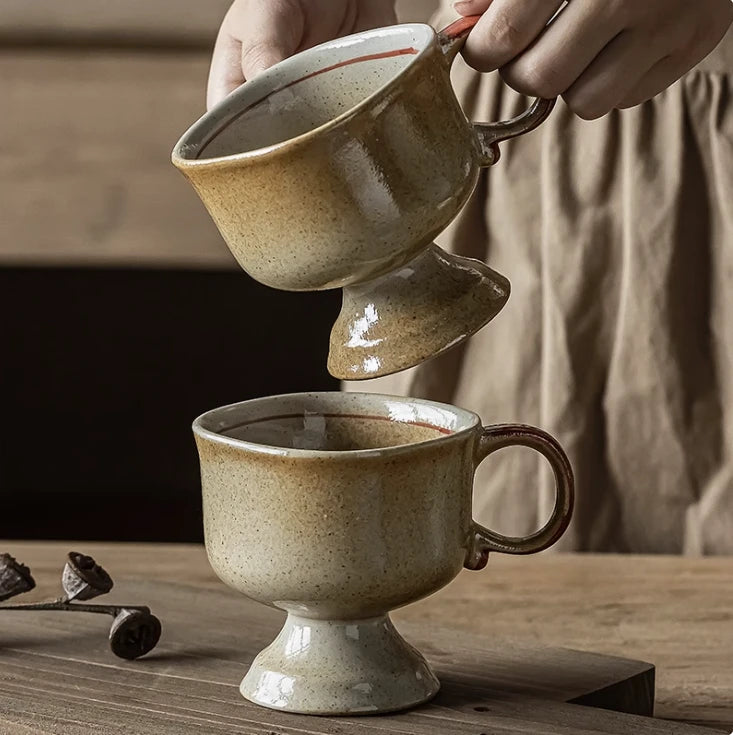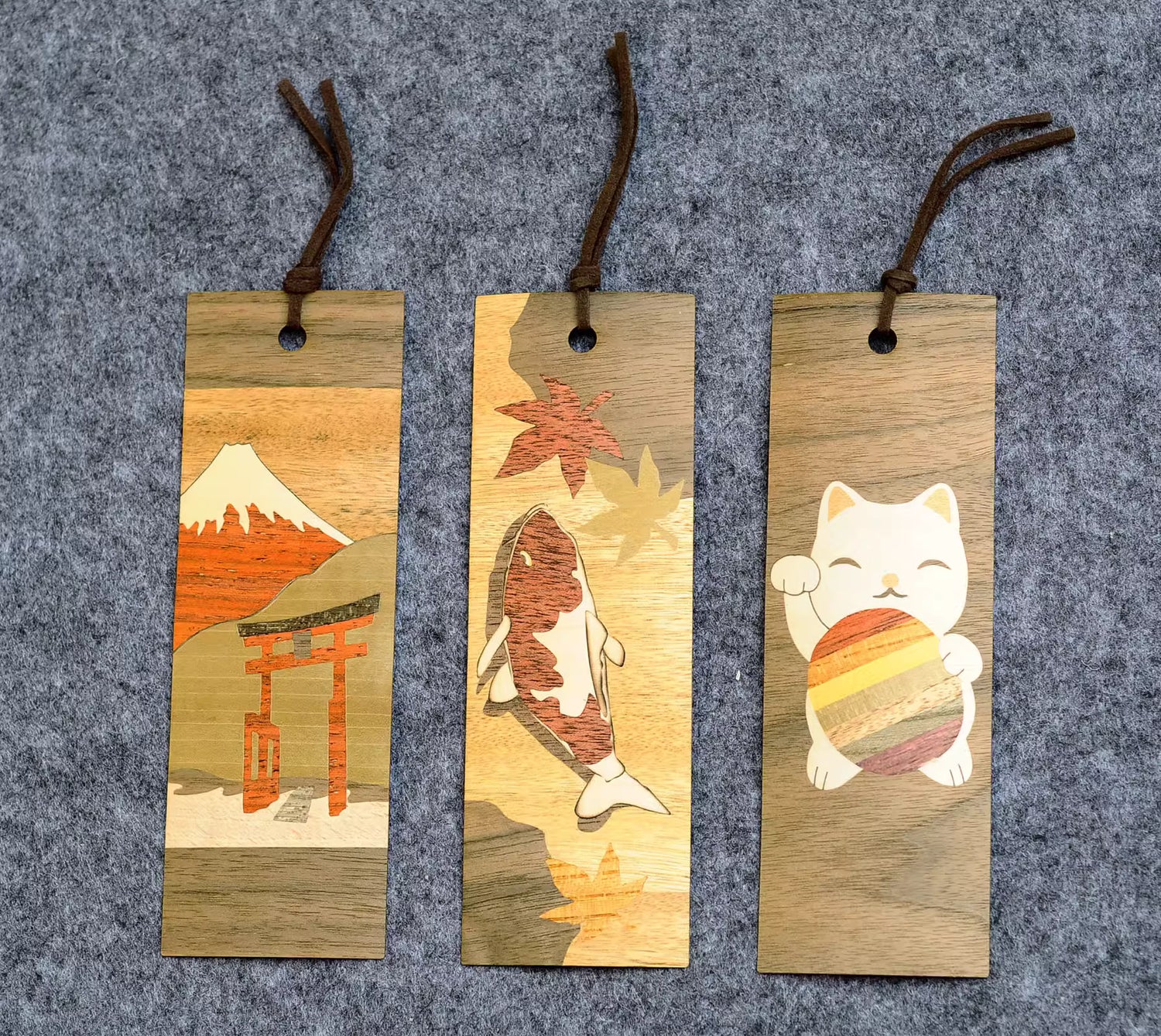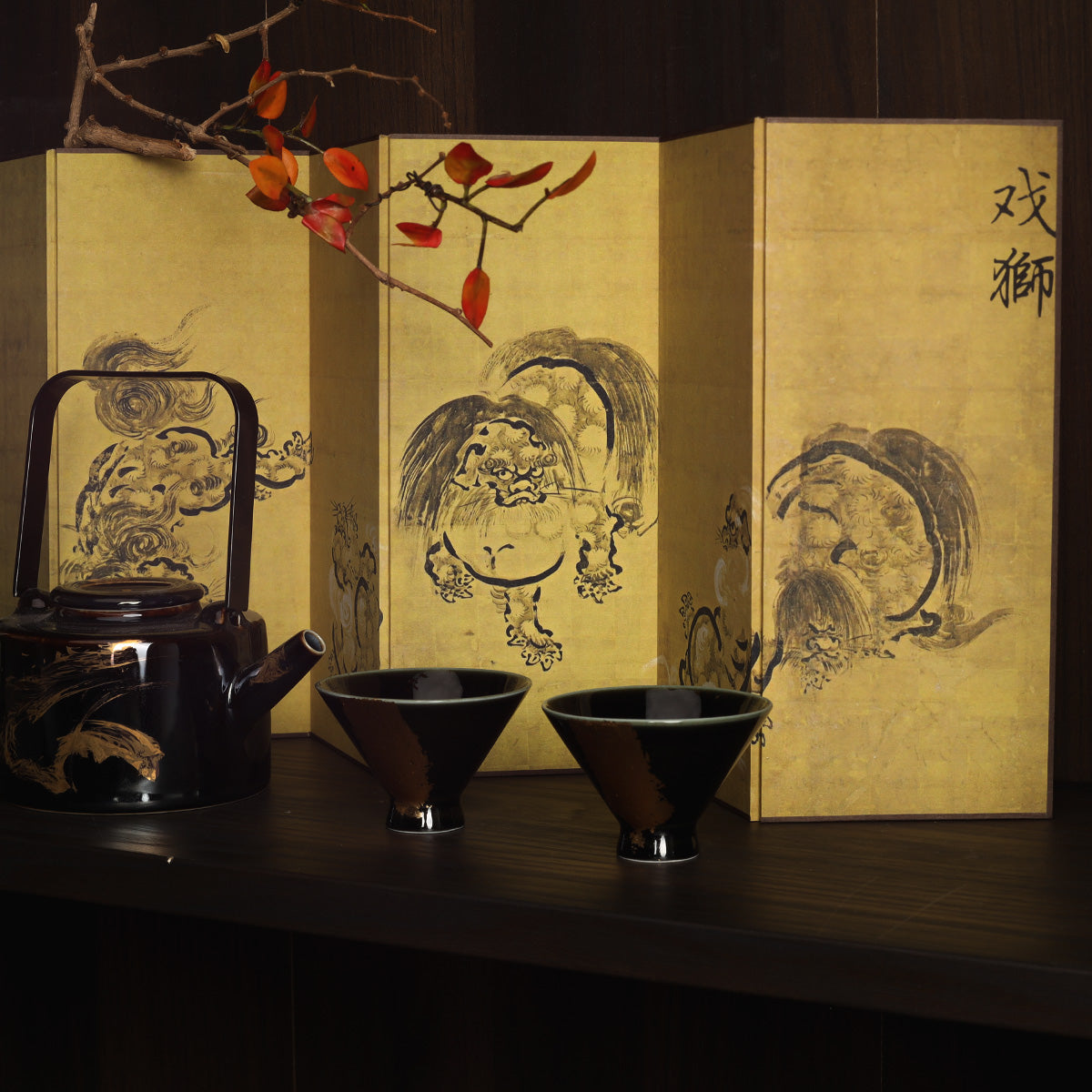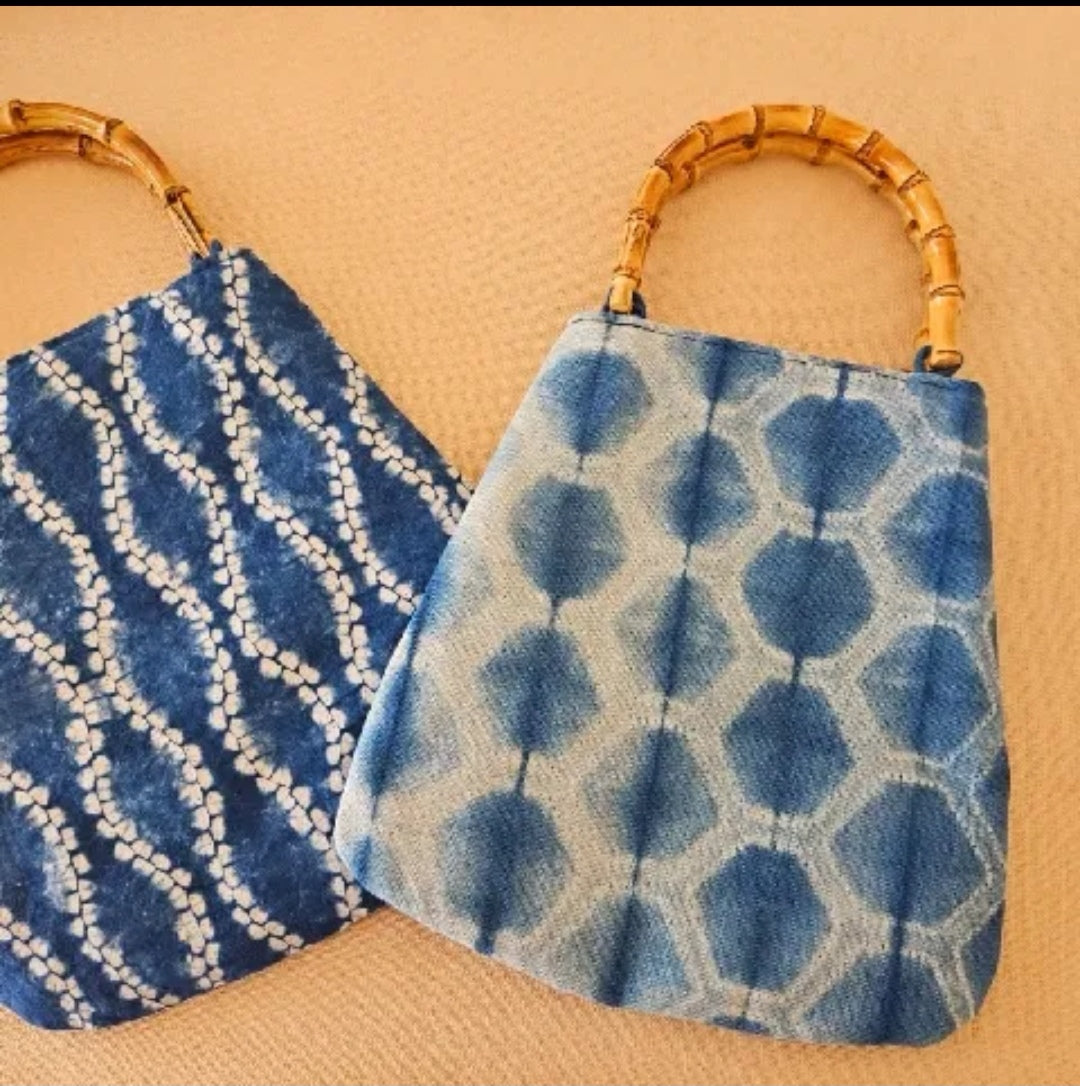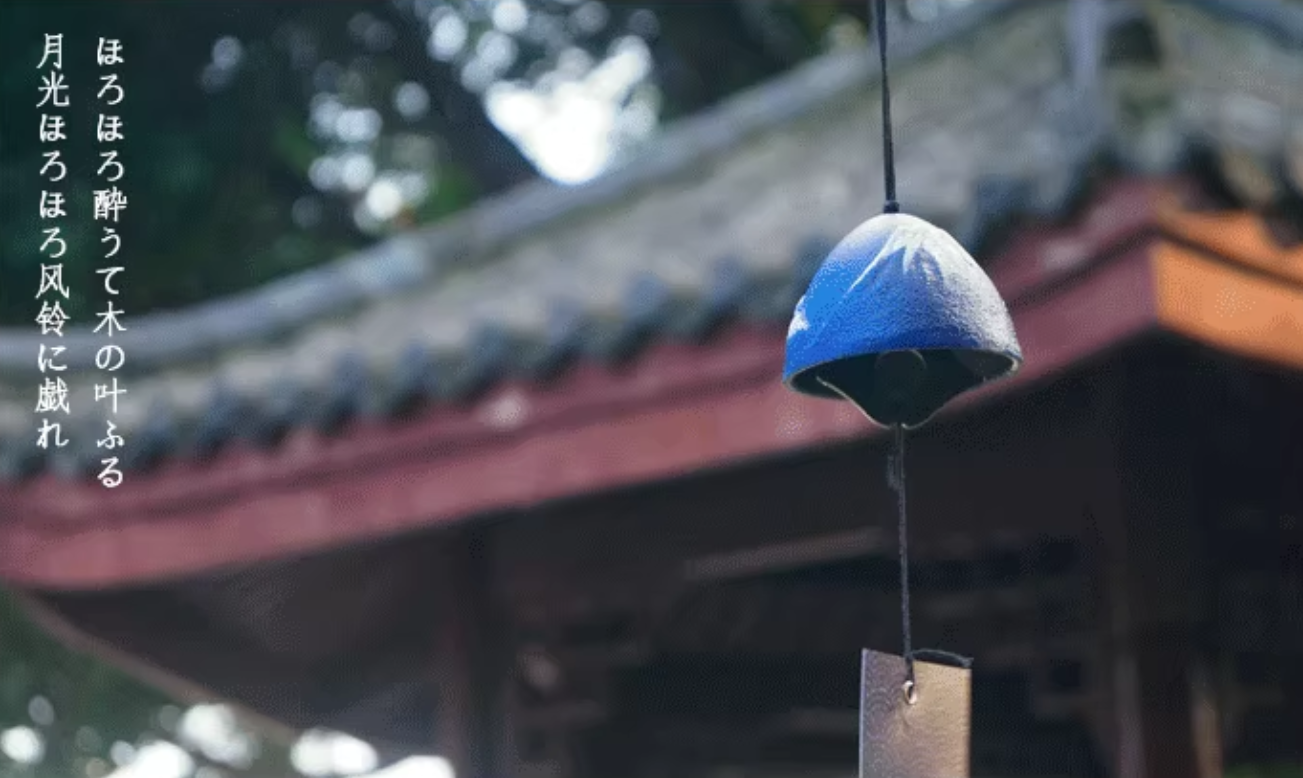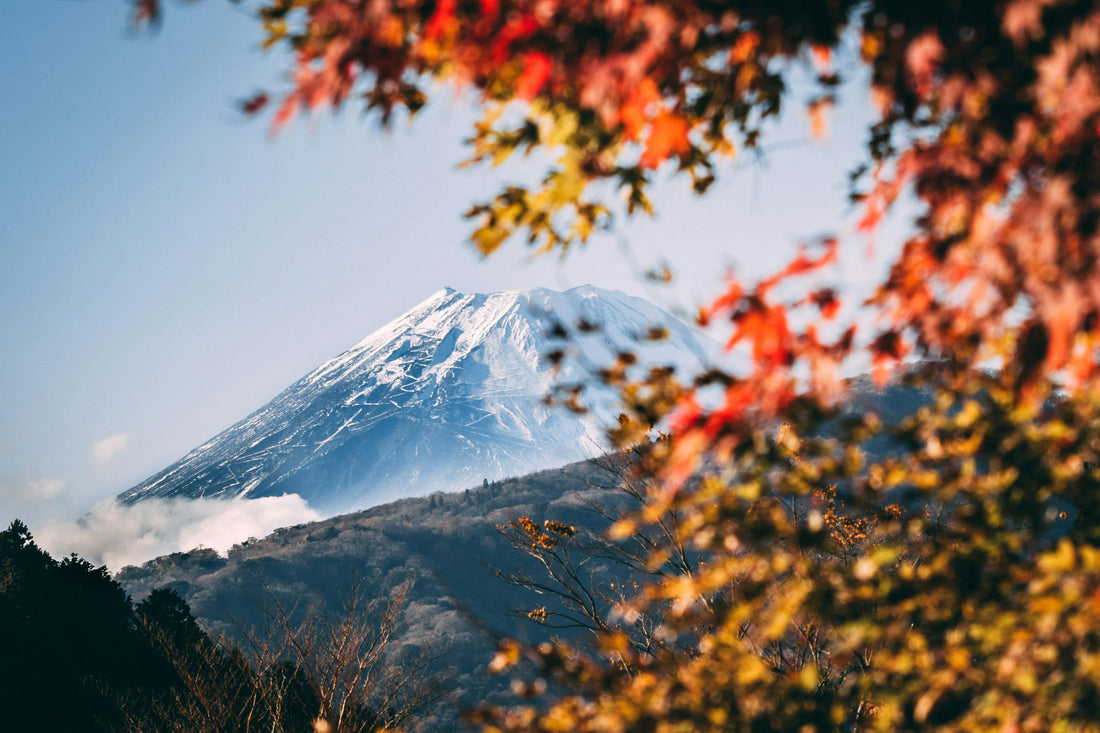
The Silent Aesthetic: Japanese Autumn Folklore and Spiritual Solace in the Teahouse
Share
When the crisp autumn wind sweeps through the garden, painting the maple leaves in blazing reds and golds, Japan enters its most philosophically contemplative season. Late autumn is not merely a shift in landscape; it is deeply woven into the unique life aesthetics and spiritual customs of the people. And within this tapestry, nothing offers a deeper immersion into the "loneliness of autumn" than a tea ceremony held in accordance with the season.

Photo by DSD on Pexels
The Wabi-Sabi of Autumn: Embracing the Truth of Impermanence
Late autumn is the ultimate expression of Wabi-Sabi (侘寂), an aesthetic finding beauty in imperfection and transience. Tea practitioners do not mourn the falling leaves; instead, they see them as a transient, precious beauty. In the tokonoma (床の間) (alcove), you might find a carefully selected autumn leaf or a branch with only a few remaining berries, displayed in quiet reverence. These elements are not for boasting of prosperity, but to remind participants that perfection and imperfection, bloom and decay, together complete the cycle of life. This silent acceptance of mujō (無常) (impermanence) is the heart of the autumn tea gathering.
The Taste of the Season: Savoring Autumn on the Tea Mat
Japanese culture places great importance on shun (旬), the concept of enjoying foods at their seasonal peak. At an autumn tea ceremony, the wagashi (和菓子) (Japanese confectionery) transforms into a spirit of the season. No longer shaped like romantic spring blossoms, they take the forms of chestnuts, persimmons, or maple leaves. Tasting this sweetness is like holding the essence of autumn on your tongue, creating a perfect harmony with the slightly bitter matcha that follows—a true embodiment of the tea ceremony's spirit of "wa (和)" (harmony).
In Praise of Shadows: Finding Warmth in the Dim Light
As the days grow shorter, the light becomes soft and slanting. The author Jun'ichirō Tanizaki, in In Praise of Shadows, celebrated the quiet beauty born in subdued lighting. In the autumn tearoom, the windows may be fitted with heavier washi (和紙) (Japanese paper), allowing only a soft, warm, and diffused light to filter through. The sound of water boiling in the kama (釜) (iron kettle) becomes profoundly clear in the dim space, contrasting with the rustling wind outside and thereby crafting a secluded, focused, and deeply warm communal sanctuary within.
With Rin Essense, Bring the Serenity of the Autumn Teahouse Home
The spirit of the tea way lies in transforming a moment of insight into an enduring aesthetic, weaving it into the fabric of daily life. You need not travel to Kyoto to create a serene corner for your own autumn tea moment.
·
【Featured Choice】Hand-Thrown Shiboridai Chawan (搾り台茶碗 - Rough-Glazed Tea Bowl):
The essence of autumn lies not in brilliance, but in warmth and quiet depth. A hand-thrown, rough-textured tea bowl is the ultimate expression of this aesthetic. Its unrefined, "ara-hada (荒肌)" (rough-skinned) surface resembles the parched earth and weathered rocks of late autumn, containing a powerful, natural strength. The deep, uneven glaze evokes the hues of a forested mountainside. Cradling it in your hands, you feel the warmth and solidity of the earth itself. To drink a bowl of tea from it is to hold the very soul of autumn—steady, grounded, and serene.

·
【For Ambiance】Japanese Byōbu (屏風 - Folding Screen):
Use an elegant Japanese byōbu to effortlessly carve out a "sanctuary for the heart" in any corner of your room. The painted motifs of autumn grasses, flowing water, or distant mountains instantly infuse the space with a poetic atmosphere, becoming your personal tokonoma, allowing the silent beauty of deep autumn to envelop your life.

·
【The Finishing Touch】Boro (ぼろ) Fabric Coaster or Chakin (茶巾 - Tea Cloth):
The philosophy of "cherishing and heritage" inherent in Boro stitching resonates deeply with the Wabi-Sabi spirit of the tea ceremony. A coaster or tea cloth made from Boro fabric, with its unique patches and sashiko (刺し子) stitches, carries the warmth and narrative of time. Placed beneath the simple, rustic tea bowl, the pairing of the rough and the repaired creates a profound harmony, adding a layer of deep cultural heritage and unique character to your tea ritual.
·
This deep autumn, may you find your own moment of quiet solace. In the light and shadow of a single bowl of tea, may you feel the profound beauty the season bestows.
— Rin Essense, exploring the essence of Japanese beauty with you.


